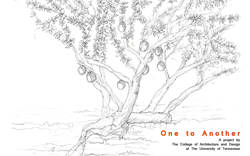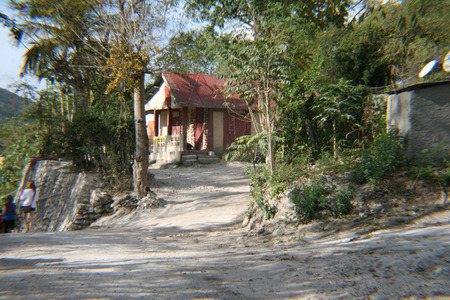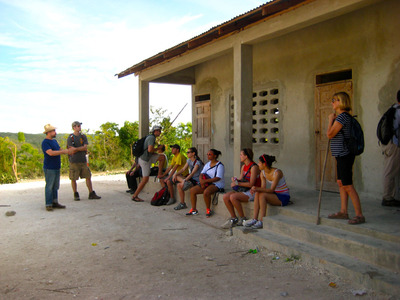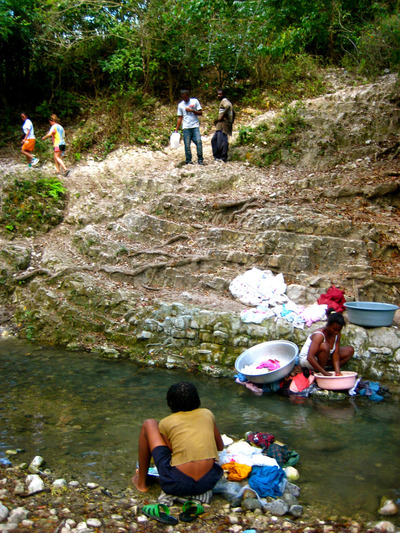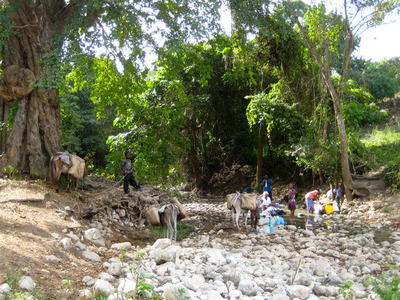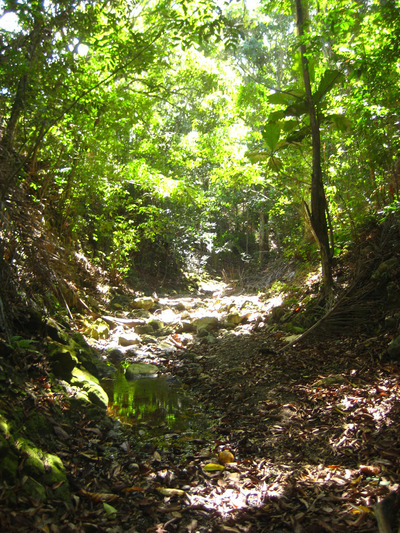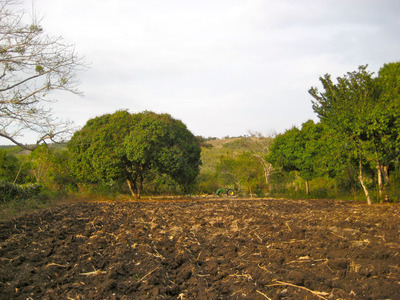Next Steps
 Friday, February 10, 2012 at 1:29PM
Friday, February 10, 2012 at 1:29PM 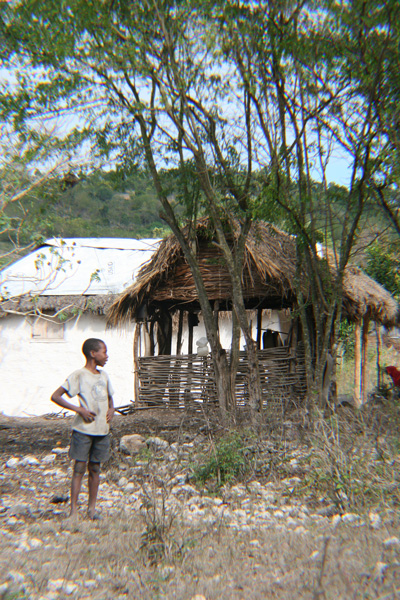 Photo by Morgan Oiler
Photo by Morgan Oiler
Our experience in Haiti by far exceeded our expectations. To learn about a culture and to experience that culture results in summation that your research is only a single story. Preconceived notions are either proved true or false. To our advantage, though, we are able to elaborate on or reevaluate design concepts from our initial approach based on the proving of these notions. As a group we chose to elaborate on the porch concept and reevaluate the kitchen concept.
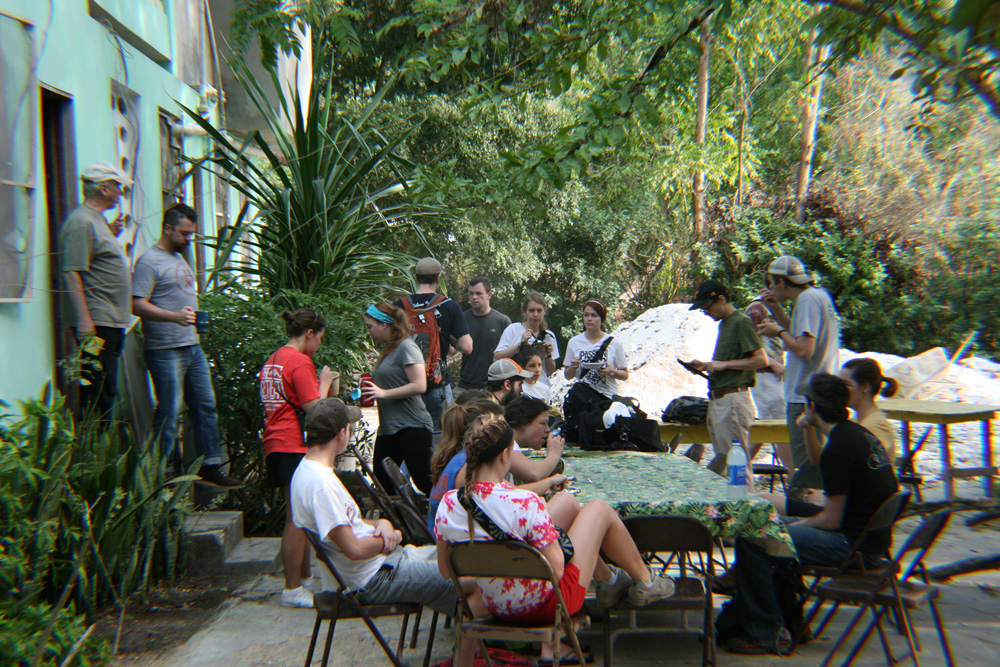
Photo by Morgan Oiler
While in Haiti, our classmates built relationships within our studio and with Haitians that probably would not have existed otherwise. In a sense, we became a family, through gathering and socializing, through laughter and silence. These interactions somehow always took place on or within the realm of the porch. Therefore, our group took initiative to analyze the key factors contributing to or causing this observation. We determined that everyone always migrated toward the porch for several reasons.
- shade
- seating
- views of surrounding environment
We also observed that the porch was never big enough for a large group gathering. Only several people could enjoy this space. Hence, moving forward, we will take this analysis into consideration and develop a stronger design for the "porch concept".
Photo by Morgan Oiler
Before our excursion, as a studio, we believed that cooking outside was a way of life in the Haitian culture. From our understanding, the Haitians were used to that lifestyle and perhaps it gave them great pleasure to do so. However, through interviewing Jean and Joy Thomas, we discovered that some Haitians were only prepared food outside by choice. Kitchens are still needed in the home and should not be designed to enhance the outdoor cooking tradition. Instead the kitchen should be considered another room indoors. In this urban alternative community, cooking outside should be viewed as a plan B, in case gas stoves cannot be powered. Moving forward in our scheme, we have to reevaluate this notion in order to satisfy our clients and improve the overall master plan to include these design aspects. This, in turn, creates constraints that conclude in creative solutions, which motivates our team.
 Haiti,
Haiti,  haitian,
haitian,  kitchen,
kitchen,  porch in
porch in  Emily Ryan,
Emily Ryan,  Morgan Oiler,
Morgan Oiler,  Samuel Funari,
Samuel Funari,  Sarah Heimermann,
Sarah Heimermann,  Team 3
Team 3 
